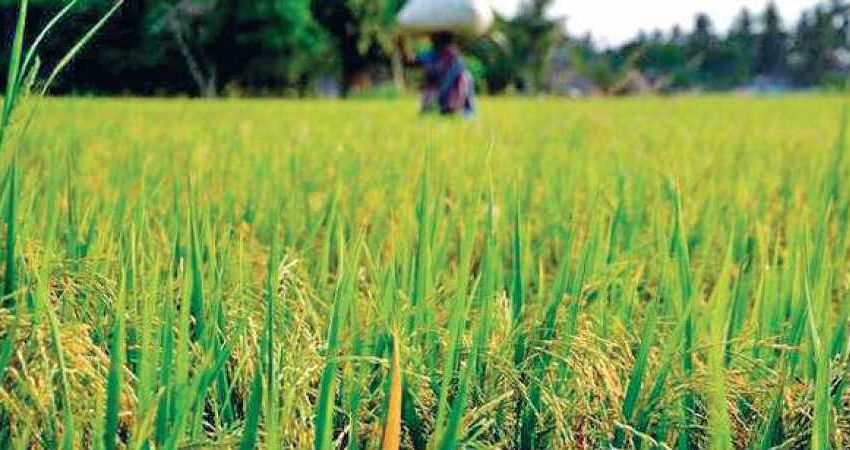
Farmer's profits from Kharif crops this year could reduce to 10-12% from 37% per year prior, principally by virtue of lower generation, as indicated by Crisil Research.
Nonetheless, the profit may not convert into expanded rural demands, it said. "Rural demand gets impacted by several factors, including farm incomes and non-farm incomes. We have addressed just field crops dependent on which giving an assessing farm incomes is troublesome," said Crisil Research in its Agriculture Report 2019.
Following three years of sound development, Kharif yield in 2019 could reduce by 3-5% in light of lower sowing acreage and yields being affected by uneven rain distribution. However, despite lower yield, farm profit from field harvests is required is likely to increase 10-12percentin Kharif season 2019 in view of anticipated higher rates, the report said.
As on August 22, 2019, paddy planting was down 6.4% from a year back, for the most part, due to delayed Monsoon showers.
Paddy represents over 30% of Kharif season acreage. Be that as it may, the part under cotton and maize cultivation would be higher than in the past season as higher prices have urged farmers to change to these yields.
"The speedy catchup in southwest Monsoon has implied abundance rains in August in a couple of sub-districts. This has influenced Kharif crops, especially paddy. Meanwhile, rains have likewise improved odds of solid rabi generation due to reviving of groundwater resources and higher reservoir levels," said Dharmakirti Joshi, Chief Economist at Crisil Research.
The report stated, "Floods in Maharashtra, Odisha and Andhra Pradesh, and less rains in West Bengal and the Marathwada of Maharashtra are relied upon to influence productivity. Also, heavy rains in August is probably going to expand pest attacks on maize and paddy, further affecting profitability."
With lower Kharif yield, costs at the mandis are required to rise, boosting the profitability of many crops. However, sugarcane would be a special case, with profit hit by lower land and profitability. "Inside the Kharif bushel, we predict an upward move in paddy costs because of lower assessed production. Higher cotton exports to China will bolster cotton prices and price support from enduring growth in soya meal export and higher local soyabean crushing as palm oil import duties rise," said Crisil Research.
Crisil Research expects a sound increase in costs of maize by virtue of higher interest from ventures, for example, poultry feed, and growth in jute demands and costs in view of the restriction on plastic in numerous states.
The southern region, which was affected by lower precipitation and drought-like circumstance in the course of three years, may demonstrate improvement in profits.
Maharashtra, however, will keep on observing lower profit as an increment in profit from cotton is required to be balanced by the shrinkage in profits in sugarcane and crop damage in Madhya Maharashtra. Powerful usage of Central and state government plans should further support incomes.
